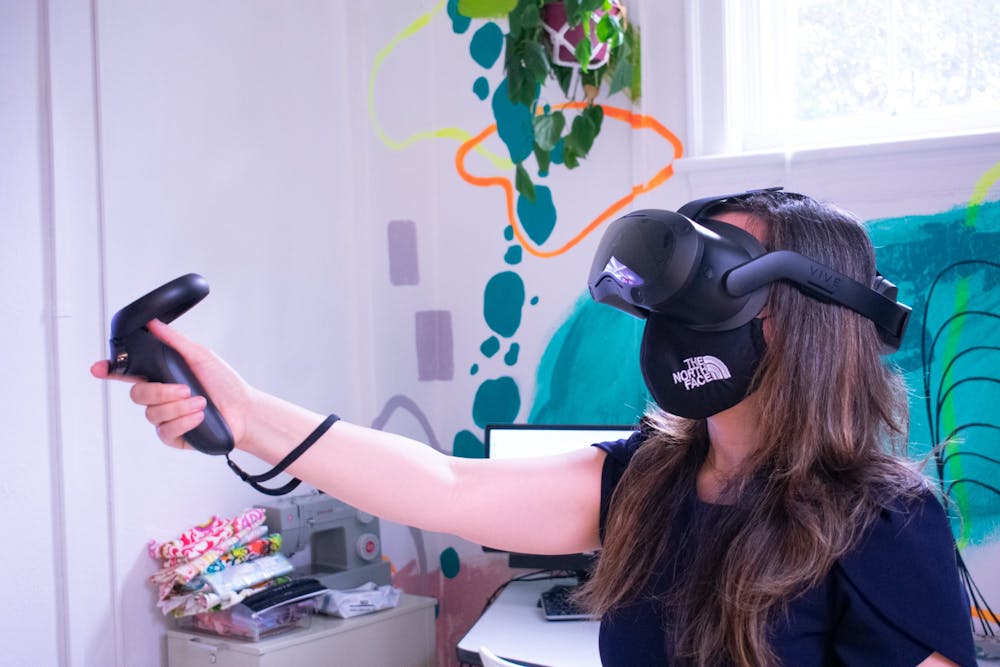The Equity in the Making Lab at the UNC School of Information and Library Science hopes to establish greater equity for students from underrepresented communities at the University and other college campuses through a virtual reality makerspace.
A typical makerspace is a collaborative learning environment, said Maggie Melo, an assistant professor in the school, who is leading the project. These spaces will often have a variety of modern technologies, like 3D printing, laser cutting and microcontrollers and electronics.
Rachel Rodney, a first-year doctoral student at SILS, works as a research assistant at the Equity in the Making Lab. While obtaining her undergraduate degree in human-centered design and engineering at the University of Washington, Rodney worked in makerspaces located on campus.
She didn't go into a makerspace herself until it was required for a class.
“I felt sort of uncomfortable because I didn’t know how to use any of the tools, I didn’t know what I should even be making in a makerspace,” Rodney said.
In that class, each week she had to build a prototype with a different type of tool or machine, allowing her to get acquainted with the tools in a makerspace. Rodney said a makerspace should not only include materials that people need and want to use, but should also provide a space people are willing to fail in.
“I used to do research on makerspaces in Seattle, and one of them had a bell you would ring anytime whatever you made failed,” Rodney said. “What I really like about makerspaces is it has room for you to figure things out as you are going along.”
The EITM Lab's project, titled “Equity in the Making: Investigating Spatial Arrangements of Makerspaces and Their Impact on Diverse User Populations,” is funded by the National Science Foundation, who awarded Melo a $715,000 grant in 2020 for five years of research.
Melo first came up with the idea for this project while obtaining her doctorate at the University of Arizona. During her time there, she co-founded the university’s first interdisciplinary makerspace in the science and engineering library.




